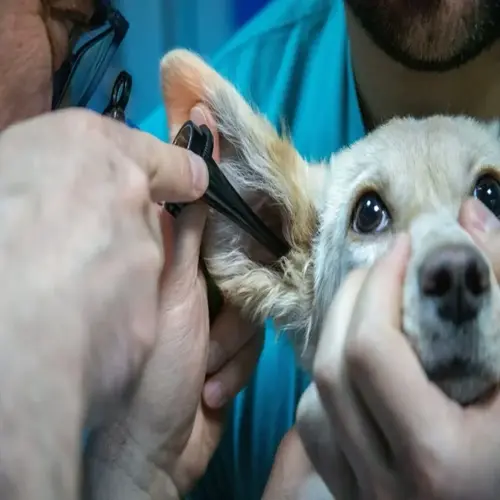What is the most comfortable dog harness?

Written by
Elin Eriksson
Reviewed by
Prof. Edward Clarke, Ph.D.Identifying the most comfortable dog harness involves considering the unique characteristics of your pet. Comfort depends on breed characteristics, as well as the differing sizes of dogs and their varying needs throughout the day. The harness for a Great Dane is basically different from that of a Chihuahua. Dogs with high activity levels require a harness made of breathable materials, while dogs that enjoy water activities will need a harness made of water-repellent materials.
A correct fit is imperative for comfort. The two-finger rule should be used under all straps. Measure neck and chest once a month. Allow for a change of coat for seasonal use. Discomfort is caused by chafing, restriction of motion, or attempts of escape. Regular inspections prevent the development of these problems before they become a serious difficulty.
Padding Placement
- Chest plates distribute pressure evenly across the sternum
- Shoulder padding prevents rubbing during movement
- Belly bands cushion sensitive areas behind front legs
- Adjustable padding accommodates different body shapes
Material Matters
- Mesh provides maximum airflow for hot weather comfort
- Neoprene cushions joints during water activities
- Padded nylon balances durability and padding needs
- Leather offers insulation but requires special maintenance
Design Essentials
- Y-shaped harnesses allow natural shoulder rotation
- Step-in designs avoid head sensitivity issues
- Adjustable straps accommodate growth and coat changes
- Wide chest bands prevent throat pressure on short-nosed breeds
Think carefully about specific needs for maximum comfort in activity. Dogs need breathable fabrics that do not lead to overheating. Dogs that like water benefit from a quick-drying material such as neoprene. City dogs need safety features through reflective materials without sacrificing padding. Match features with your daily routines for maximum comfort.
Regularly check comfort levels and make necessary adjustments. Inspect straps weekly for wear. Wash as specified for materials. Replace any harnesses that show wear or stiffness. Your dog's comfort level directly affects his willingness to walk and happiness in all outdoor activities together.
Read the full article: Dog Harness Types: Essential Guide

